先用 Hegel 合併機開聲,不對,是味道不對,略嫌太過刻板單調。立即搬來兩台 Dignity Audio DA-08 MKII 備音量控制的單聲道 300B 膽後級,這回對了。氣氛對音樂重播非常重要,就如夜闌人靜喝一口蘇格蘭威士忌,是一種享受。對筆者來說,Denton 2 是帶著濃烈兼追尋舊日的氣息再添上今日對細節和清晰度的追求,不用膽機推,味道就是不足,不夠自然流灑。

傳統與現代追求
揚聲器的設計就有調酒的感覺,我們不能單憑設計用什麼音盆、什麼磁體、哪類分音器去判別揚聲器可能會呈現什麼聲音?!揚聲器最後的聲音,是經過設計師的調配,也是他/他們的目的與取向。Wharfedale 現任工程師 Peter Comeau 的目標就是要重拾當年 Gilbert Briggs 退休前,Rank Organisation 初接手後的突破設計 – Denton 書架揚聲器那種溫暖、豐富與自然,再加上今天追求的開揚與細節表達能力。

形容一款產品的聲音並不容易,玩 Denton 2 一如玩 3/5a,追尋的是一種聲音味道與情懷。Denton 2 既有如 Big Band 的那份華麗璀璨,復有陶瓷般的明亮清晰,還有爽彈敏銳的反應與活潑精神的起動力,聲音總能保持亮麗光鮮,從不暗淡,就如 50、60 年代的明星,行出人群時不單止有三分體面四分仔細修飾,還有一種獨特有台形的星味,十分壓場。聽 Denton 2 的聲音,會令人燃起一份要收藏的衝動,既要收藏一對 Falcon 3/5a,也要收藏一對 Denton 2。它們的聲音,就有如翻開那些年用菲林拍下來的黑白照片、茶色照片,是一種能牽動情緒與情懷的聲音。
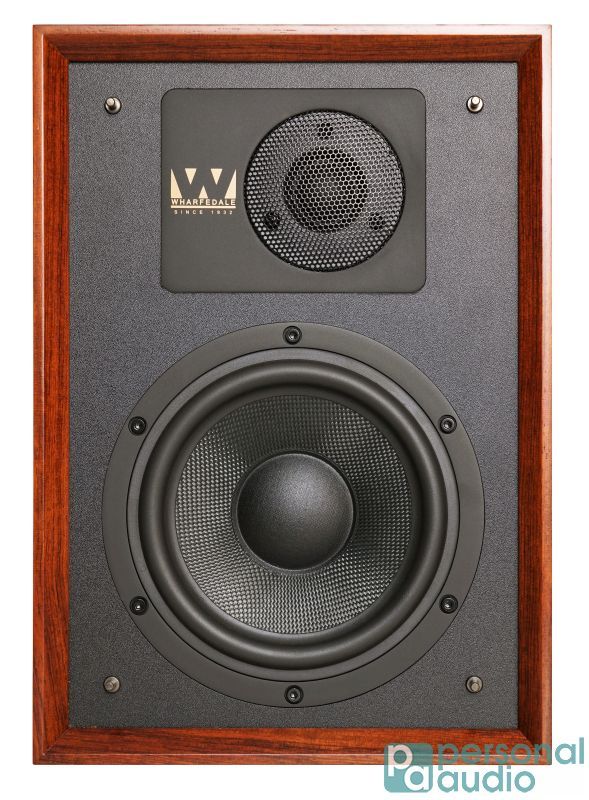
五年之變
五年前,Wharfedale 為 Denton 推出過 80 周年版,設計造型與 1976 年第一代一脈相承,由前輩 Thomas Wang 測試。五年前的 Denton,把絲膜高音安裝在 Kevlar 低音單元的正上方;來到 Denton 2,絲膜高音單元移離揚聲器面板中軸 8 度角,目的是進一步拓展聲音擴散能力,亦改善了高音與低音單元的銜接表現。箱體設計比上一代闊了 40mm,厚度薄了 20mm,背板上仍然追隨 Diamond 系列的雙低音反射氣孔設計。這個最新版本的頻率響應為 45Hz-20kHz(+/-3dB),靈敏度由上一代的 86dB 提升至 88dB,阻抗由 6Ω 跌至 4Ω。
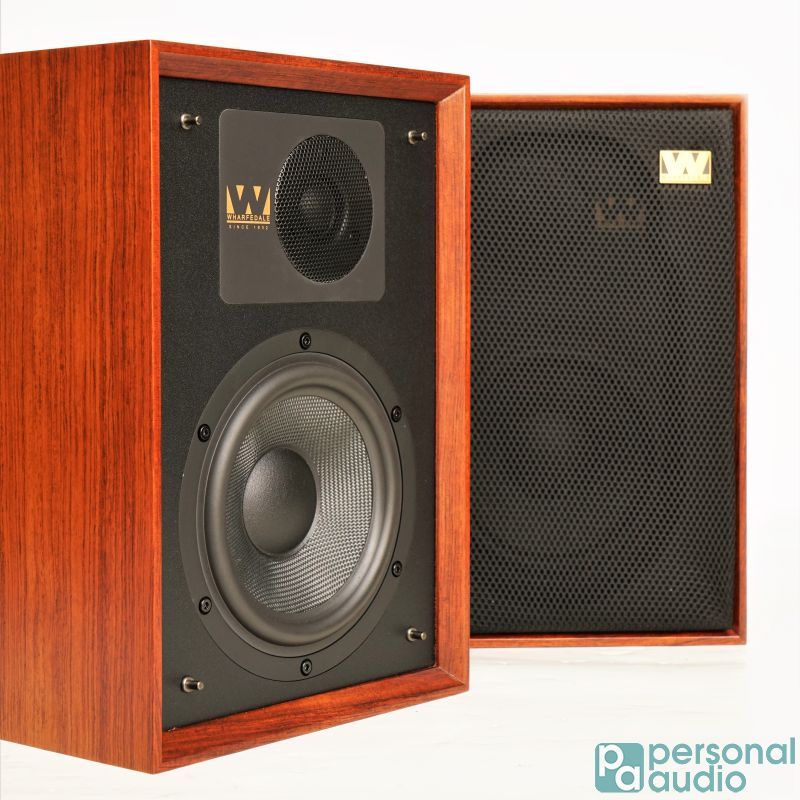
如何擺位?
有趣了,Denton 85 的單元排列與不少鑑聽揚聲器有相近之處,到底高音單元是向內,還是向外呢?答案其實因環境而異,在本社細房,我喜歡兩顆高音單元靠近,即向內擺放。

求同存異
1967 年第一代 Denton 的高音單元用 ceramic 磁體,Denton 與 Denton 2 則用 ferrite 磁體,其實 ferrite magnet 又可稱為 ceramic magnet。Ferrite 除了內含陶瓷物料,還有鐵,由於製成磁體前,鐵已經過氧化過程,所以 ferrite 不會再氧化,有耐高溫、耐潮濕、容易控制、高阻尼表現等特性,成本夠便宜。應用於 Denton 2 那顆 1 吋絲膜高音的 ferrite 磁體直徑達 70mm。說穿了,高音的音色就是要貼近 1967 年版,再進一步改善聲音的分析力與拓展音場。
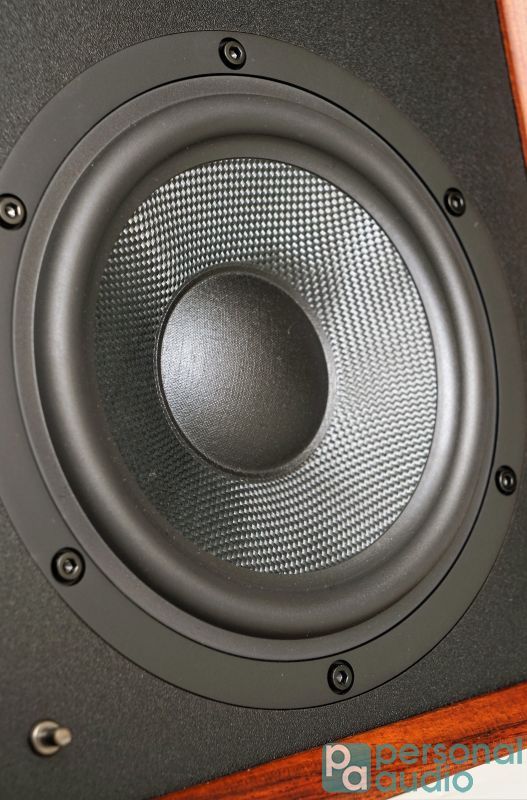
低音仍然是 Kevlar 編織音盆,不過由 80 周年版的 5 吋口徑,拓展至 Denton 2 的 6 吋半口徑,換句話說,低音的能量會有明顯提升。
筆者喜歡 85 周年版的箱體設計多於 80 周年版,視覺上的 vintage 味更濃。敲打木箱,結實質感濃烈,據指設計採用三文治結構,利用天然木材與複合板加強箱體硬度,箱內亦加入骨架結構加強控制諧震與避免囤積駐波的效果。

玩音色
音色,是 vintage 喇叭最強的吸引力。雖說高音部份設計主導了喇叭的音色,其實低音單元也有自己的音色,只是沒有高音鮮明。Denton 2 的特色是上緊下鬆,中高音分明鮮麗銳利爽敏,低音從容有寬度與蔓延力,營造出來的空間與舞台立體感比這對喇叭的體積可能營造出的效果明顯寬闊,舞台深度也更加鮮明。放心,設計沒有讓人聲變成血盆大口,而是比例恰當,能融入細小聆聽空間而加強了聲音畫面的細繪能力。
Denton 2 的高音有凌厲的眼神,就如京劇的楚霸王眼睛一瞪,眼神充滿殺氣射程威武盡在不言中,要說清楚,中高音並非硬瞪,而是彈力強而爽猛,清脆乾淨,絕非死瞪著不放的狂。高音的古典味,就是那份亮麗細滑感,Lisa Batiashvili 演出巴赫,小提琴敏銳不嬌,起落分明連貫流灑清晰,古鍵琴伴奏從後方傳來,分明又不搶小提琴風頭,立體感強烈鮮明。

由 Denton 2 播鋼琴能令筆者感到喜悅,落指分明敏捷,琴鍵的起動力與瞬變的動感如數家珍,Alexandre Tharaud – 《Autograph》內一曲 Ramsay Les Sauvages,活潑動彈,低音結實不鬆散,同是帶有一種能量的延伸力,清晰仔細快捷靈敏與音樂氣氛並存。
Peter, Paul & Mary 《In These Times》,人聲內厚潤滑,結他彈力清敏動感十足,要重播Union Medley的幽默感與那個年代的情懷不太容易,Denton 2能播出那份暗藏心底的笑意!三人的聲音就有一股與老友共聚的懷舊氣息,沒有多少重播能達到此效果。

《Audio Compass 2018》收錄了 Louis Armstrong 演唱的 St. James Infirmary Blues,銅管樂埋身貼身,管樂的明亮、氣動力直接率真,鼓棍清脆立體敲力猛而烈,強弱動態鮮明,cymbal明亮抖動仔細分明,Louis Armstrong 就在面前,若然無法擺一對 JBL 大衣櫃聽爵士、聽藍調,Denton 2 是一個非常值得推薦的選擇!接著 Eva Taylor – Papa De-Da-Da 一曲播得輕鬆幽默趣味盎然。
筆者喜歡《戀戀風塵》許景淳的聲音,當她「啦」出音韻,從前聽到的是秀美透澈,Denton 2 為她添了一點人生歷練,不是嗓音不同,而是添了一點可觸發共鳴的情感,輕輕抹上一點風霜。「歲月的船」,結他指力動彈分明,弦線彈射有力。接著,我一口氣欣賞了三張王家衛電影原聲大碟,《東邪西毒》、《春光乍洩》、《墮落天使》,共通點,是情感被甩低的點點憂愁,醒來時,心境又不是一樣的情味!
Denton 2,是設計給感情豐富的樂迷的佳釀!

總代理:駿韻音響有限公司
零售價:HK$6,800
轉載自 HiFi Review 2018/08










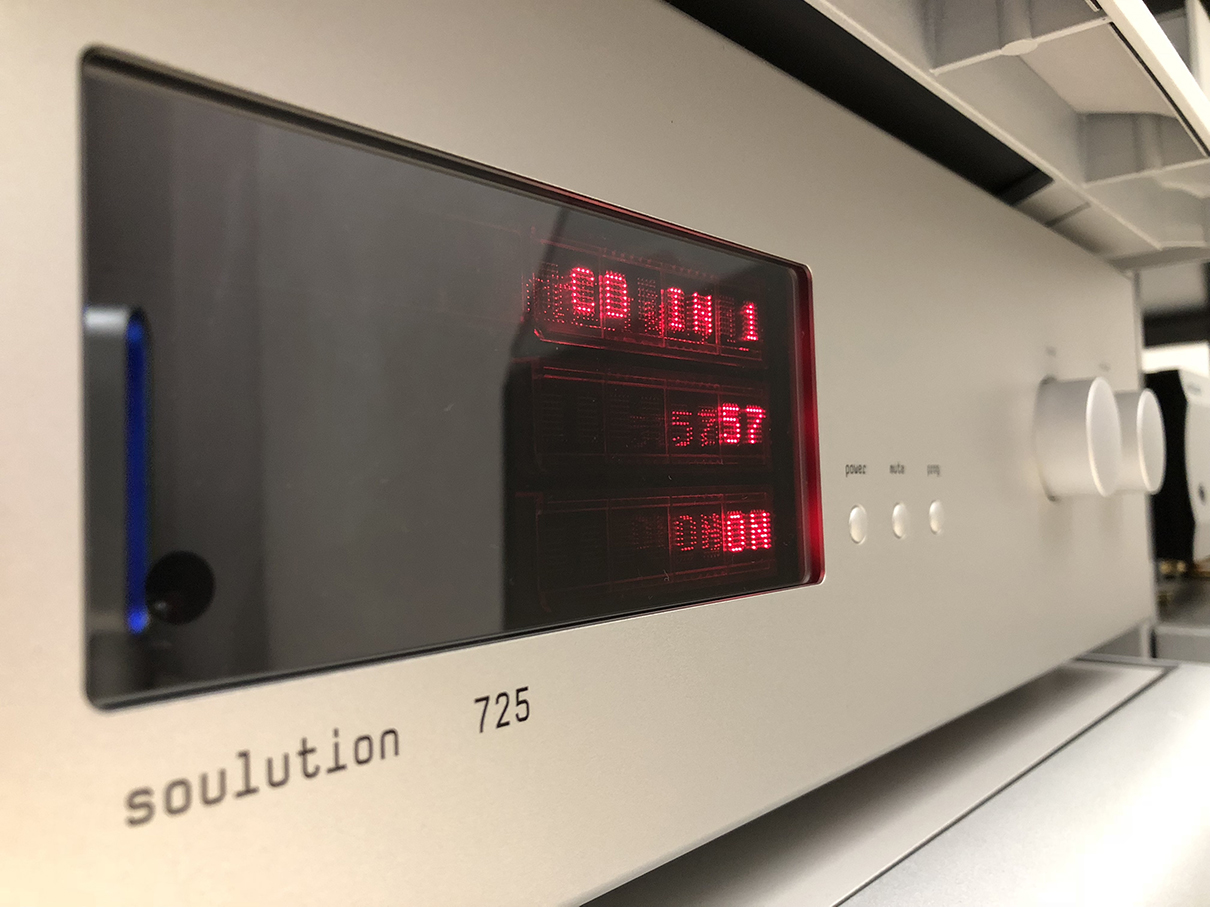


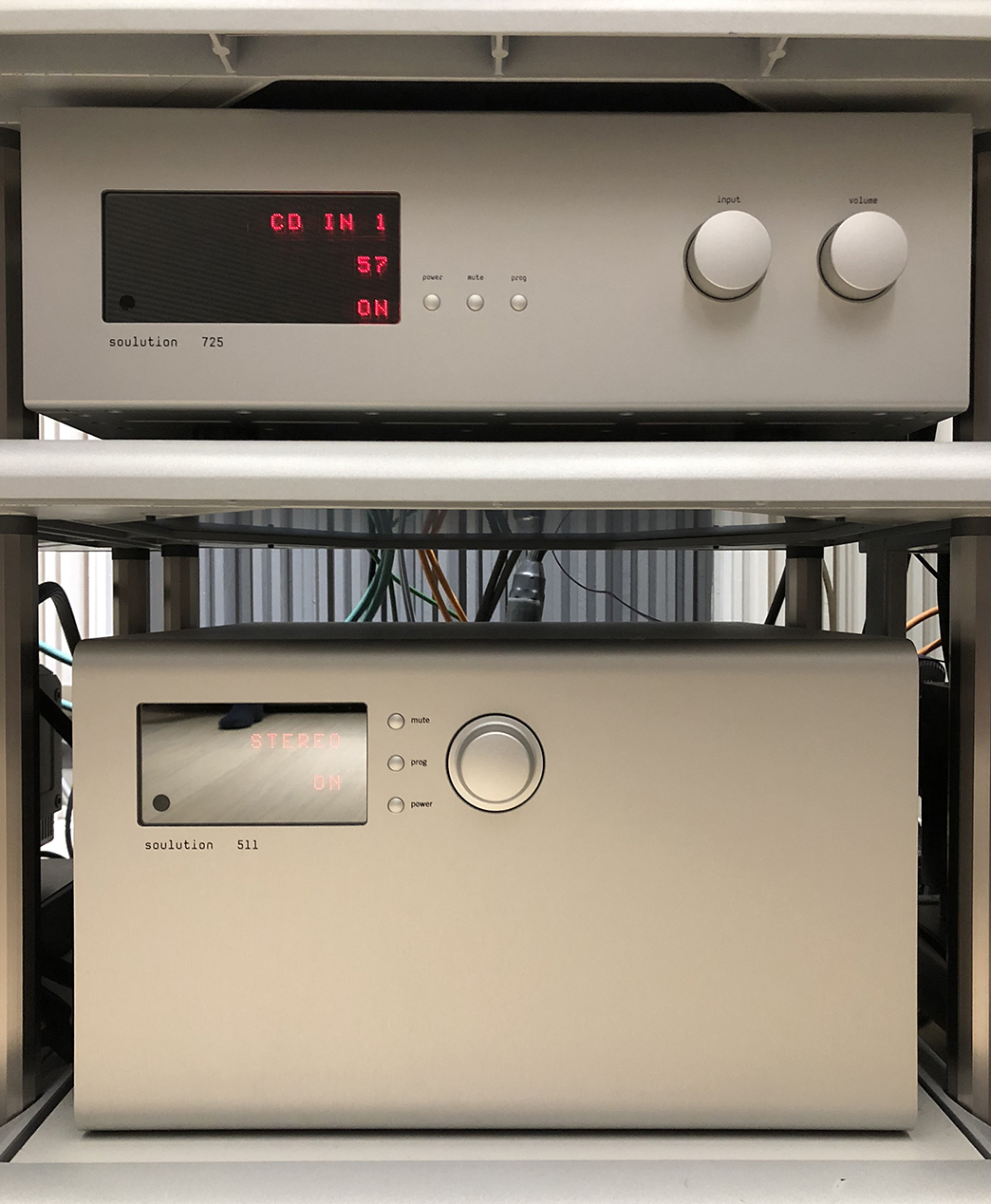




















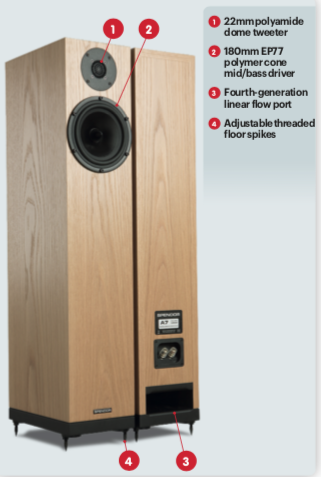 As Spendor claims that the A7 doesn’t require a large space to deliver its best game, most of the auditioning is conducted in my smaller listening room, hooked up with my resident
As Spendor claims that the A7 doesn’t require a large space to deliver its best game, most of the auditioning is conducted in my smaller listening room, hooked up with my resident 